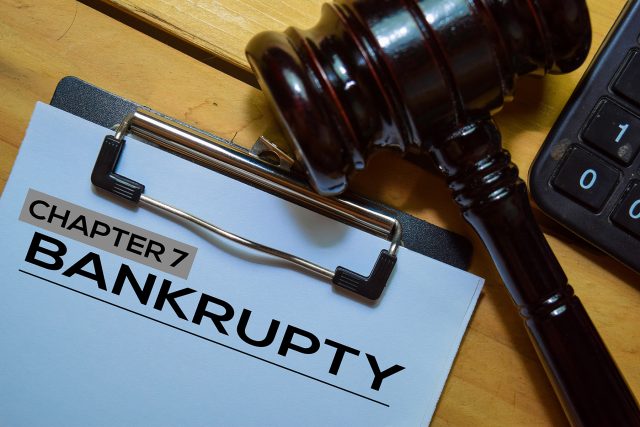
Making Sense of Bankruptcy and Retirement Plans
Alicia H. Munnell is a columnist for MarketWatch and senior advisor of the Center for Retirement Research at Boston College.
The provisions seem inconsistent.
Retirement plans arise at two stages in the bankruptcy process. The first, and the topic of most immediate controversy, is determining whether the applicant qualifies for the cheap and fast Chapter 7 liquidation protection or is required to follow the more demanding Chapter 13 reorganization procedure. The second, which may perplex only me, is the extent to which retirement assets are required to be used for repaying debt.
The Bankruptcy Abuse Prevention and Consumer Protection Act of 2005 introduced a means test to identify Chapter 7 debtors who “can pay” and require them to file under Chapter 13. The first step in the means test is to determine the debtor’s current monthly income, which is basically average income for the past six months excluding: 1) benefits under the Social Security Act; 2) payments to victims of war crimes; 3) payments resulting from crimes against humanity; and 4) payments resulting from international or domestic terrorism. The second step requires comparing the debtor’s average monthly income to the state median income for the household of the same size. If the debtor’s current monthly income is below the state median, he can file for Chapter 7.
The immediate issue pertains to the exclusion of benefits provided under the Social Security Act. The clear intent of Congress was concern for the elderly and disabled. The following is a quote from Senator Ted Kennedy (D-MA) who introduced the amendment:
“Social Security was developed to ensure that seniors live their golden years in dignity. If we allow Social Security income to be considered while determining whether someone is eligible for bankruptcy, a portion of those benefits could be used in a manner inconsistent with Congress’ intent.”
The problem is that limiting the exclusion to benefits under the Social Security Act ignores many other forms of retirement and disability benefits that take the place of Social Security. For example, disability benefits for veterans are not eligible for exclusion. Similarly, about 25 percent of state and local workers are in plans not covered by Social Security, so their government disability and retirement benefits essentially take the place of Social Security. Yet these sources of income are not eligible for exclusion.
Clearly, in order to be consistent with congressional intent, the bankruptcy code should allow all public retirement and disability benefits provided under programs comparable to Social Security to be excluded from the calculation of average monthly income. The amount of the exclusion could be capped at the maximum allowed Social Security benefit. Senators Tammy Baldwin (D-WI) and John Cornyn (R-TX) have proposed the Honoring American Veterans in Extreme Need Act, which would exclude veterans’ disability benefits from the means test. But a similar adjustment should be made for uncovered state/local workers and any others receiving comparable benefits.
Such a change would not only increase the likelihood that veterans and state/local workers can file for Chapter 7 protection, but also help those with too much income for Chapter 7 to make smaller payments under Chapter 13 by lowering their current monthly income.
The second issue, which perplexes only me, is the treatment of employer-sponsored retirement plans under bankruptcy. As I understand it, retirement assets, such as those in 401(k) plans, are protected from being used to repay debts, but money withdrawn is counted as current monthly income and available for debt repayment. Maybe the goal is to treat defined contribution and defined benefit plans similarly. Since it would be very difficult to tap accrued benefits under a defined benefit plan, the Bankruptcy Code protects accumulated 401(k) assets.
In any event, I find the whole intersection of bankruptcy and retirement plans very interesting.







